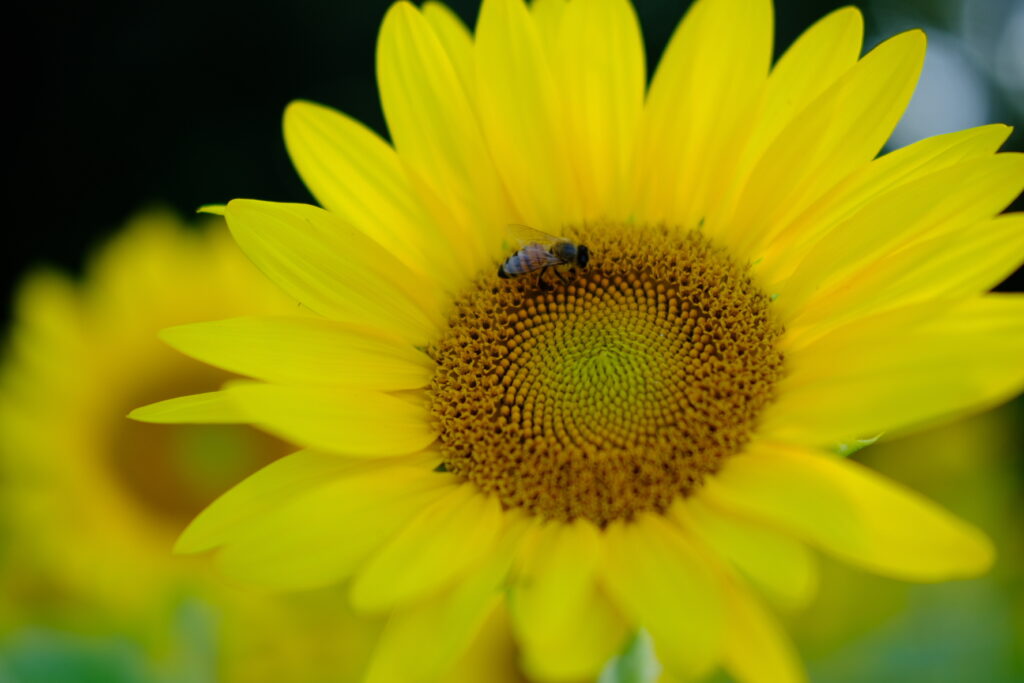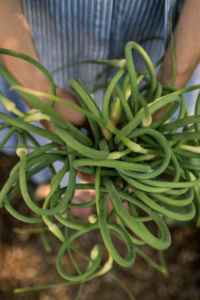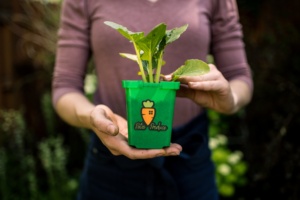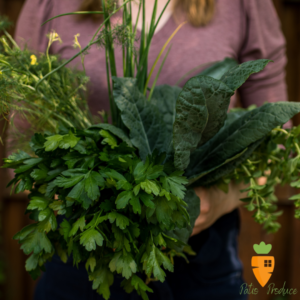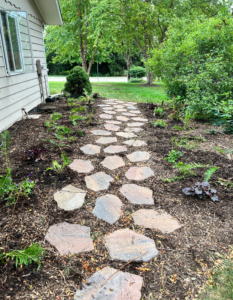With snow on the ground, it’s tough to imagine the beautiful, warm summer mornings in the garden. You know the mornings I mean: the ones where the sun is rising through the trees, providing dappled shade that casts the garden in the most delicious light, and your pre-breakfast garden snack is a few cherry tomatoes that turned ripe overnight or some cucamelons you’ve been meaning to harvest.
Those are the mornings I live for.
But those mornings don’t just happen. And while you’ll be focusing on New Years Resolutions for yourself this time of year, make sure that at least some of those resolutions involve your garden.
Your garden literally feeds you the most nutritious food you can get your hands on, but it also feeds your aesthetic sense with its beauty, feeds the earth by pouring nutrients back into the soil and creating habitats for pollenators, and feeds your community when you share the your extra vegetables and herbs with those around you.
Here are a few ways to feed your garden so it can return the favor to you this year.
 1. Commit to Organic Gardening
1. Commit to Organic Gardening
It’s one thing to go to the grocery store and buy veggies that you know probably were sprayed with pesticides to ward off bugs and diseases. But you can’t ignore the harm pesticides do when YOU are the one spraying. Once you spray, you HAVE to wash your veggies before eating them (multiple times too), and even then it’s impossible to remove all the pesticide because some portion of it has leached up from the roots of your vegetable plant into the walls of the vegetable that you’re eating. One of my favorite garden activities is to eat veggies straight from the garden without going through the extra step of bringing them inside, and that’s just not possible if you’ve doused your garden in Miracle Grow.
So this year, make a commitment to yourself. To your health. To your family’s health. To the health of the soil in your garden. Go through the cabinet or box of sprays that you use on your garden and in the rest of your yard (spoilers: you can’t have an organic garden if you’re spraying RoundUp on weeds 20 feet away) and properly dispose of all your pesticides – Miracle Grow, Round-up, Sevin, and more.
And while I’d advocate for just letting nature take its course and claim a few of your vegetable plants to disease or pests throughout the season, I know it can be frustrating. To prevent that from happening, make sure you’re adding a few inches of compost to your garden each time you plant something new so that plant has enough nutrients to live a strong and healthy life. And when absolutely needed, bring out some Diatomaceous Earth when your leafy greens are getting chewed up or Monterey BT for when your garden is under attack from caterpillars. Those two are safe for organic gardens.
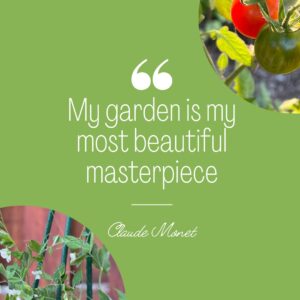 2. Add One Beautiful Element to Your Garden
2. Add One Beautiful Element to Your Garden
Vegetable gardens so often end up as a very boring rectangle in the ground, tucked behind some other landscaping element so any guests who come over don’t see its boring, tangled existence.
During the holidays, we strive to make our meals more special by paying attention to presentation and making our table beautiful. We know that a meal that’s more beautiful shows the care and love we feel for everyone who sits around the table.
Why wouldn’t that same attention to beauty extend past the kitchen and into the garden? Vegetable gardens can and should be downright stunning. Gardens are, after all, where food starts its journey to your table.
So I challenge you to find at least one way to make your garden more beautiful this year. You might add a support like an obelisk trellis instead of using a tomato cage. You might let your tomatoes vine their way up through a garden arbor. You might start adding raised beds. Or you might start using beautiful metal plant tags to label your vegetable plants and give your garden just a bit more polish (it’s all in the details!).
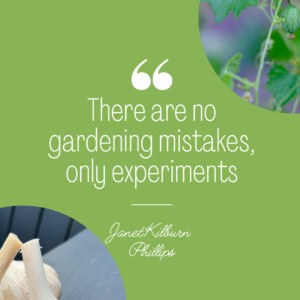 3. Look for Ways to Grow More than You Did Last Year
3. Look for Ways to Grow More than You Did Last Year
Funnel everything you learned from gardening last season into growing more this year. Even if you don’t feel like you had a successful season, sometimes we learn best from failure, and that failure sets you up for a wild success your next season.
So find some existing growing spaces you can grow more edible plants in. Tuck herbs into flower planters by the front and back doors of your home (bonus – they’re easily accessible from the kitchen while you’re cooking!). Consider replacing flowers completely with herbs.
Or create a new growing space. Add a large container to grow salad greens. Add a raised bed to your garden. Adding just a 4×4 bed to your garden will allow you to harvest salads for lunch or dinner every day throughout the growing season. It doesn’t take adding many more edible plants to your garden to make a substantial difference in what you’re able to harvest.
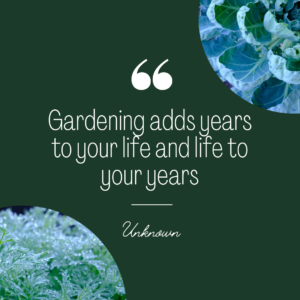 4. Look for Ways to Stretch Your Growing Season
4. Look for Ways to Stretch Your Growing Season
Part of growing more than you did last year is committing to growing more months of the year than you did last year. I just trekked out to the garden this morning to check on my spinach, which is remarkably unfazed by the inch of snow that fell yesterday. I’ll still be harvesting spinach from my garden in January this year, and the spinach will come back to life in April. That leaves me just 2-3 months where I’m not harvesting anything from the garden.
I know you can stretch your seasons too. Commit to planting a salad garden in April this year and continuing to plant leafy greens so you’ll be able to harvest from it into the winter. Don’t just plant once in May and call it good – your garden has so much more potential.
And if you need more ideas for how to stretch your gardening into months you never thought it was possible to garden in, check out these three ways to keep your salad garden going through December.
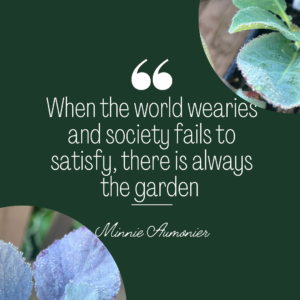 5. Support Your Community With Your Garden
5. Support Your Community With Your Garden
While personal growth is very important and often the focus of New Years Resolutions, I’d propose that focusing on building others up is equally as important, if not more so. Giving back to others is one of the best ways to give back to yourself. How warm and fuzzy do you feel when you’ve done something really nice for another person? I think we can all agree that our communities need more kindness instead of division right now.
So look for garden-centered ways to give back. Grow more than you’ll be able to eat and gift it to neighbors and friends. Gift your extra to local food pantries so people who so often only have the option of eating processed foods can eat your supremely nutritious veggies. Find a community garden that grows food for a local food pantry (like this garden run by a high school in Arlington Heights). Or use your garden to grow flowers and gift small bouquets when someone you know is going through a rough time. The possibilities are endless.
I hope these five resolutions have inspired you to start your year in a garden-centered way. Let me know on Patio Produce’s social media accounts if you have a garden-centered resolution or exciting plans for your garden this year! I love hearing from you.
